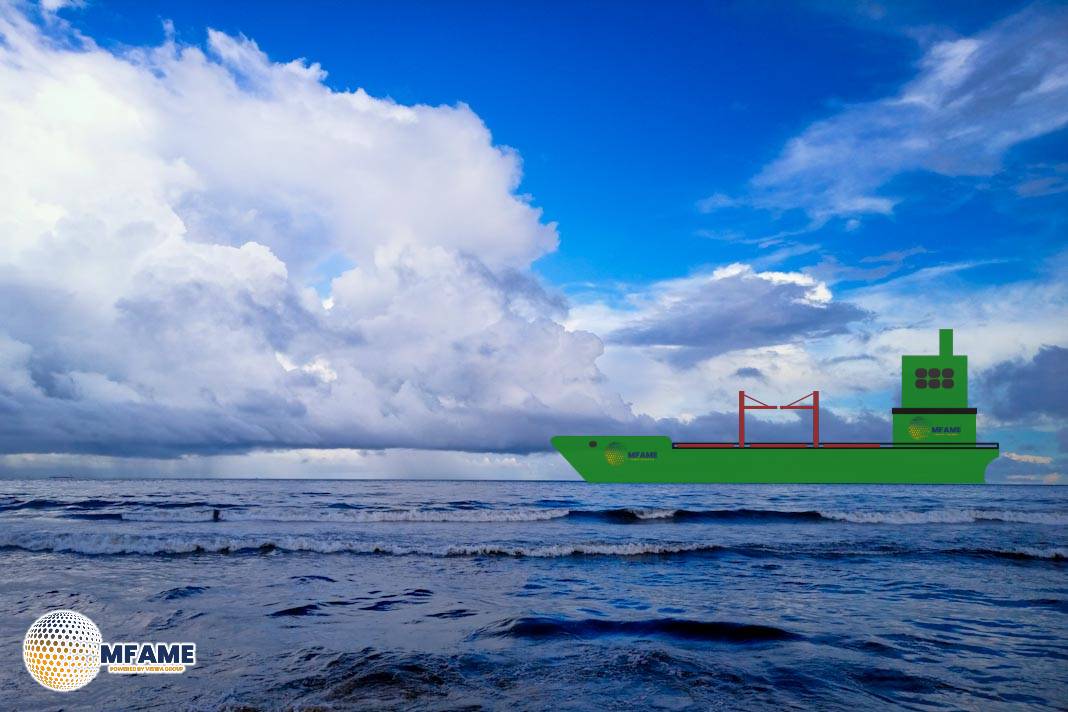- MT Sichem Ruby Incident Highlights Gaps in Hazard Checks.
- Safety Review Issued After Sulphuric Acid Injury at Sea.
- Chemical Residue in Pipeline Triggers Safety Review on Tanker.
On 28 March 2019, anchored off the coast of Malta, there was a serious safety accident on the chemical tanker MT Sichem Ruby. A crew member received a serious injury during maintenance work on a pipeline that had been used to transfer sulphuric acid. The accident prompted a formal safety investigation by the Maltese Marine Safety Investigation Unit, reports MSIU.
Background and Work Context
Sichem Ruby was performing maintenance during the incident at anchor. The operation that had been assigned was cleaning a cargo line used in sulphuric acid transfer. The cleaning was to be executed as part of preparations for future cargo operations, according to the vessel’s working schedule.
The team thought the pipeline had been drained, vented, and cleaned thoroughly prior to maintenance. A permit-to-work had been granted, which meant that all precautions had been taken. Yet, the line still had trapped sulphuric acid under pressure.
Accident Details
While the cleaning procedure was underway, the hurt crew member was operating a valve on the line. The moment the valve was operated, the leftover sulphuric acid was immediately released. The chemical sprayed over the crew member, inflicting serious chemical burns. Prompt medical care was given, and the injured crew member was sent ashore for more treatment. No other crew members were injured and the ship itself was not affected structurally.
Findings and Analysis
The investigation found that a serious issue: the potential for trapped chemicals in pipes had not been properly considered at the risk assessment and preparation phase. Even though the permit-to-work system was implemented, it failed to effectively confirm that residual acid had been removed or neutralized safely.
Moreover, there was no extensive documentation of the flushing process of the line. The belief that the pipeline was safe to work on turned out to be a wrong assumption.
Systemic Safety Issues
The investigation highlighted a wider issue with industry practice in handling hazardous cargo residues:
- Chemical residues in pipelines, particularly corrosive materials such as sulphuric acid, are a high-risk issue if not clearly identified and cleaned out.
- Permit-to-work systems need to extend beyond surface inspections and have comprehensive chemical hazard assessments.
- Procedural documentation and crew training should promote an understanding of possible trapped pressure or chemicals even after flushing.
Recommendations Issued
- In response to the findings, MSIU recommended that the ship management company:
- Revised hazard identification procedures for hazardous cargo system maintenance.
- Enhance crew training for handling residual chemicals in pipelines.
- Improve the permit-to-work system to specifically involve checks for trapped pressure and chemical residues.
These steps are meant to prevent such incidents from recurring in the future and enhance safety culture and awareness on vessels that transport hazardous cargo.
Conclusion
The Sichem Ruby accident indicates the need for thorough risk evaluations, particularly for chemical tanker cargo operations. Despite adherence to usual procedures, the accident points out the necessity for ongoing improvement of hazard identification and maintenance practices. With improved system checks and proper training, future accidents can be prevented.
Did you subscribe to our daily Newsletter?
It’s Free Click here to Subscribe!
Source: MSIU
















